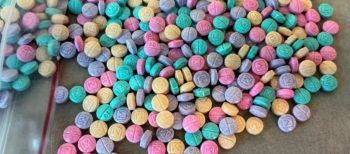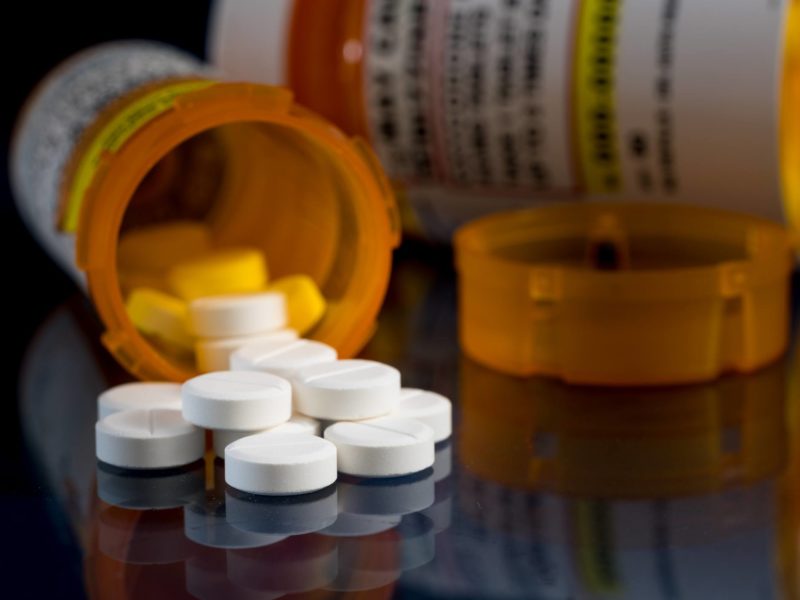What Is Rainbow Fentanyl?

News headlines during the month of October often pose the question of whether parents should be worried about hidden dangers in their children’s Halloween candy. This year, they’re asking about the threat of rainbow fentanyl.
It’s unlikely that trick-or-treaters would actually bring home any products contaminated with fentanyl, said Texas A&M University expert Joy Alonzo. But the risk of exposure is still high for youth and young adults, she said, and the opioid crisis remains a growing concern.
Alonzo is a clinical assistant professor in the Department of Pharmacy Practice at the Irma Lerma Rangel School of Pharmacy. She also co-chairs A&M’s Opioid Task Force, which was established in 2018. The task forces provides training in harm reduction, specifically opioid overdose recognition and naloxone administration training.
Alonzo said illicitly manufactured fentanyl is known to be added to counterfeit tablets made to resemble prescription medications like Oxycontin, Xanax and Adderall. This summer saw an emergence in brightly-colored counterfeit tablets, she said, which is where rainbow fentanyl gets its name.
The U.S. Drug Enforcement Administration issued a warning in August of an “alarming emerging trend of colorful fentanyl” made to look like candy to children and young people. According to the DEA, rainbow fentanyl had been seized in more than two dozen states at the time.
But despite the viral rumors that appeared in the following months, the risk of a neighbor handing out rainbow fentanyl or fentanyl-contaminated products to kids remains low, Alonzo said.
As always, she said parents should adhere to normal Halloween candy precautions: Only trick-or-treat in known neighborhoods, don’t eat any candy before inspection at home, and don’t accept anything homemade or unwrapped.
Where there is a serious risk of fentanyl exposure, she said, is among youth and young adults attending Halloween parties.
“Substances including vaping products, marijuana products, cocaine and the counterfeit tablets already described are often used at these parties,” Alonzo said. “Youth and young adults may be given products by their friends that may appear authentic and ‘safe’ to try. The risk of an accidental exposure and subsequent fentanyl poisoning and death resulting from trying one of these substances is high.”
Fentanyl, which is a synthetic opioid, is up to 50 times more potent than heroin, Alonzo said, and 100 times more potent than morphine. Only a very small amount – equivalent to around 10 to 15 grains of table salt – could be lethal, she said.
Alonzo said it’s a relatively new substance of misuse, so it’s difficult to assess using currently available public health data. But recent instances of exposure highlight the severity of the issue.
“One of the deadliest misconceptions is that fentanyl is less of a threat than it actually is,” Alonzo said. “Taking any substance that looks like a real prescription pill and was not prescribed for you or obtained at a pharmacy is a terrible and potentially deadly risk.”
Media contact: Caitlin Clark, caitlinclark@tamu.edu





